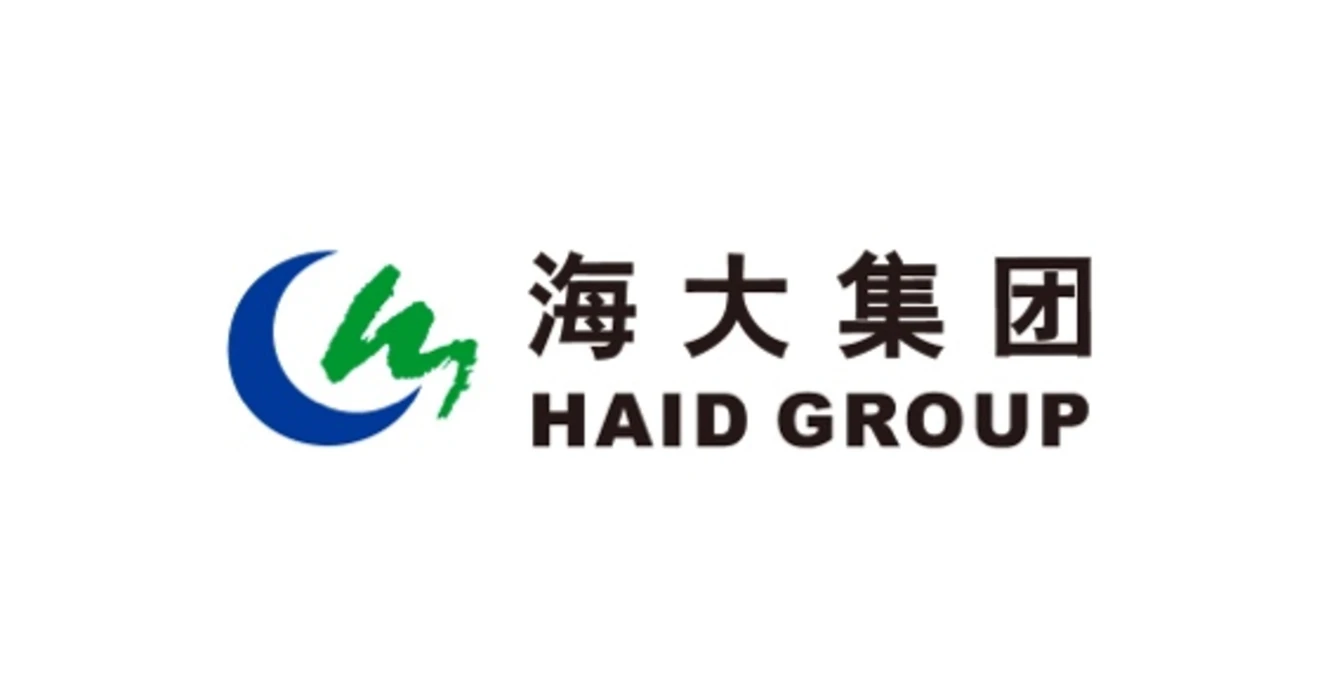Guangdong Haid Group Co., Limited
Key Information
HQ:
China
Market Cap:
$9.82bn
Primary Market:
Asia
Business Type:
Protein Producer
Company Information
Company Summary
Guangdong Haid Group Co., Ltd. is a vertically integrated company based in China and also operating across several other markets in Southeast Asia, such as Vietnam and Malaysia. The company's primary source of revenue is animal feed, but it also produces poultry, pork and aquaculture products.
Revenue
Total revenue:
$15.5bn
Revenue by Geography
Revenue by Protein
Revenue by Product Type
Active Projects

Coller FAIRR Protein Producer Index
Multiple themes
Disclosures
CDP ScoresLast Reviewed: 16/10/2024
| CDP Climate | CDP Forests | CDP Water |
|---|---|---|
| No | No | No |
Science Based Target initiativeLast Reviewed: 16/10/2024
| Target classification | Status | Date |
|---|---|---|
| Has not set SBT | - | - |